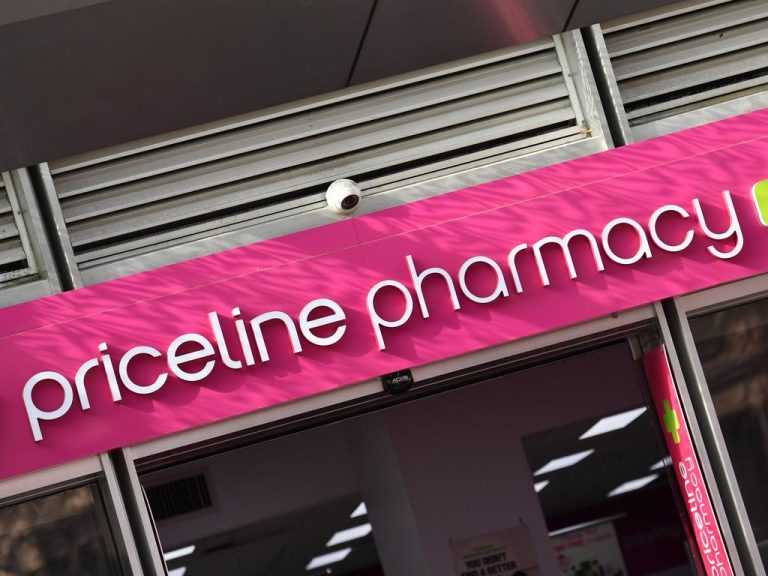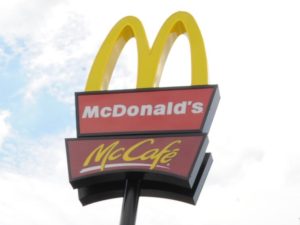Developers put upgrades on the menu for Sydney’s Chinatown
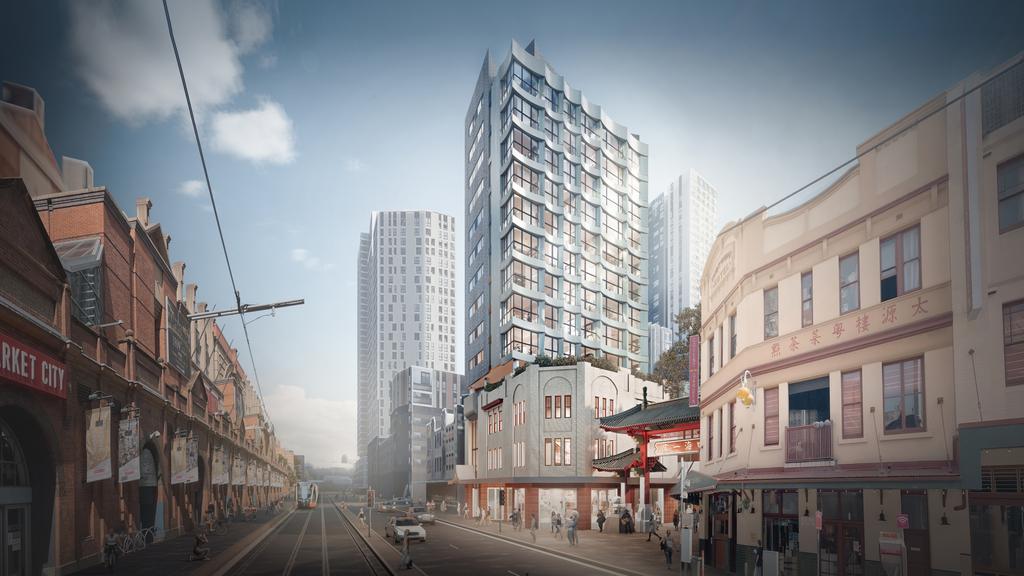
The owners of Emperor’s Garden have revealed an ambitious new plan to build a 14-storey development over the old Chinatown staple. Picture: PTI Architects,
One of Sydney’s oldest and most loved-precincts is set to be revived with several multimillion-dollar developments getting under way in Chinatown and more schemes being hatched.
After a quiet period during the coronavirus crisis, fresh plans are being worked up for the historic area, which is well positioned to benefit from city renewal projects in the wake of the pandemic.
In just the past few months a series of developments, worth more than $100m, have been lodged to build four separate towers in and around Sydney’s Chinatown as well as to redevelop a number of smaller businesses and karaoke dens.
The Chinatown precinct, one of the earliest and hardest-hit victims of the pandemic, has suffered many blows over the past seven years.
Reporting by The Australian on the neglect of the area and the issues experienced from the delayed construction of Sydney’s light rail helped prompt minor repairs and a $5m City of Sydney pledge for cosmetic improvements. However, some of the largest changes to the area are coming from those who know it best, including the Yee family, who have owned and operated Chinatown institution Emperor’s Garden since 1979.
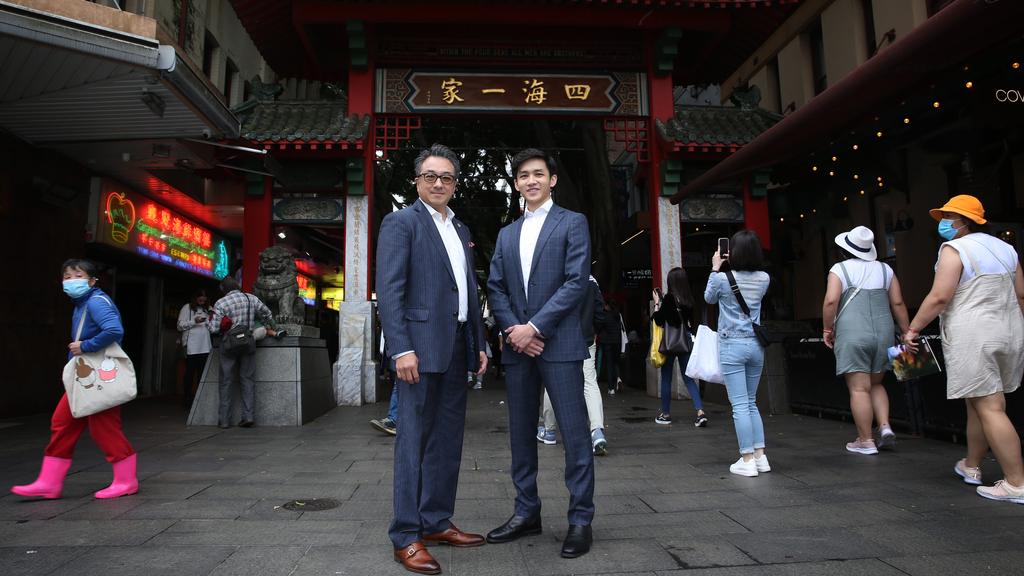
Lance Lai with son Alcuin Lai next to Emperor’s Garden under the southern Chinatown gate. Picture: Britta Campion
The 43-year-old restaurant, in which owner Stanley Yee still lives, is set to be transformed into a 14-storey tower under an ambitious plan led by nephew Lance Lai.
The plans come as the family still faces the ramifications of a NSW Independent Commission Against Corruption investigation into a controversial 2015 Chinese Friends of Labor fundraising dinner.
Mr Lai, 55, was one of the last generations to have been born and raised in Chinatown, growing up in a commune above the district’s northern gate. Unlike many who lived in the commune, his family paid rent as they operated The Eastern Cafe on the three-storey building’s ground floor.
“We didn’t have hot showers until I was 14 years old as there were was no running hot water in the top residences,” he recalls. “We also used to have a vending machine which would determine how much gas you got to cook. Like an old lolly machine, you would put in 1c or 2c at a time. You’d have to quickly turn on the gas and boil the water to cook food or use it as bathwater. This is how it was until I was13.”
When Mr Lai left in 1985, he was among the last to do so. But Sydneysiders may soon return to growing up in and around the area, with 37 residences planned throughout the 14-floor development over Emperor’s Garden.
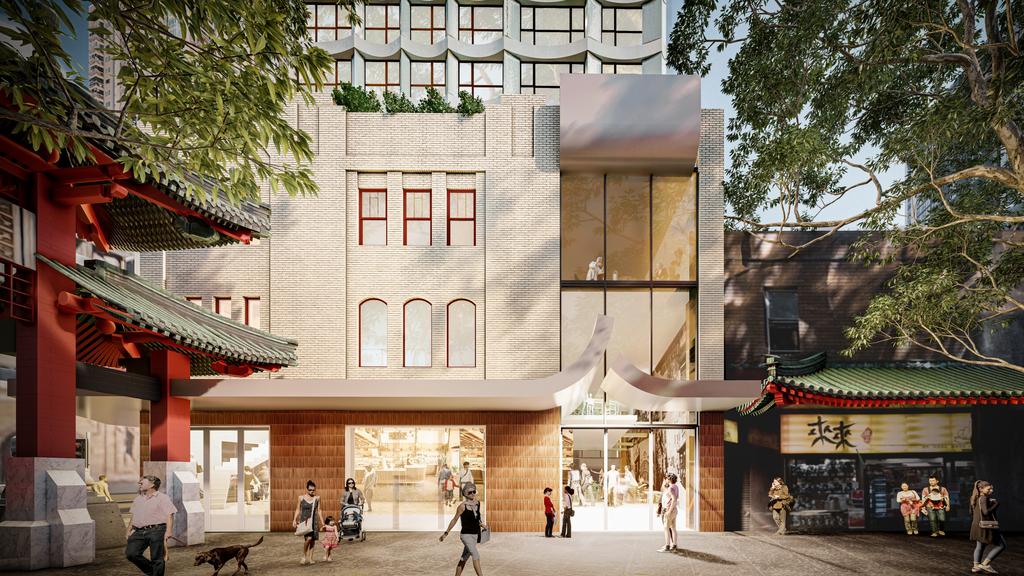
The view from Dixon Street and the walkway to Kimber Lane, between Chinatown and Darling Square. Picture: PTI Architects
Plans for 96-100 Hay St, developed with PTI Architecture and JCA Urban Landscape Designers Architects, would help bring Chinatown into the 21st century after years of neglect while paying homage to the area’s founding fathers, Mr Lai said.
“I suppose in many ways, the pandemic for everyone was a chance to reflect. We’re cautiously optimistic for the future of the world despite all the uncertainty with economic and geopolitical issues, and we’re confident in this,” he said.
The redevelopment of Emperor’s Garden will also spill into the laneway behind the building, an upgrade Mr Lai hopes will transform the neon-lit, largely unused alley “into something out of Melbourne”. Kimber Lane, between Dixon and Harbour Sts, will be accessible via a walk-through lane in the Emperor’s Garden building.
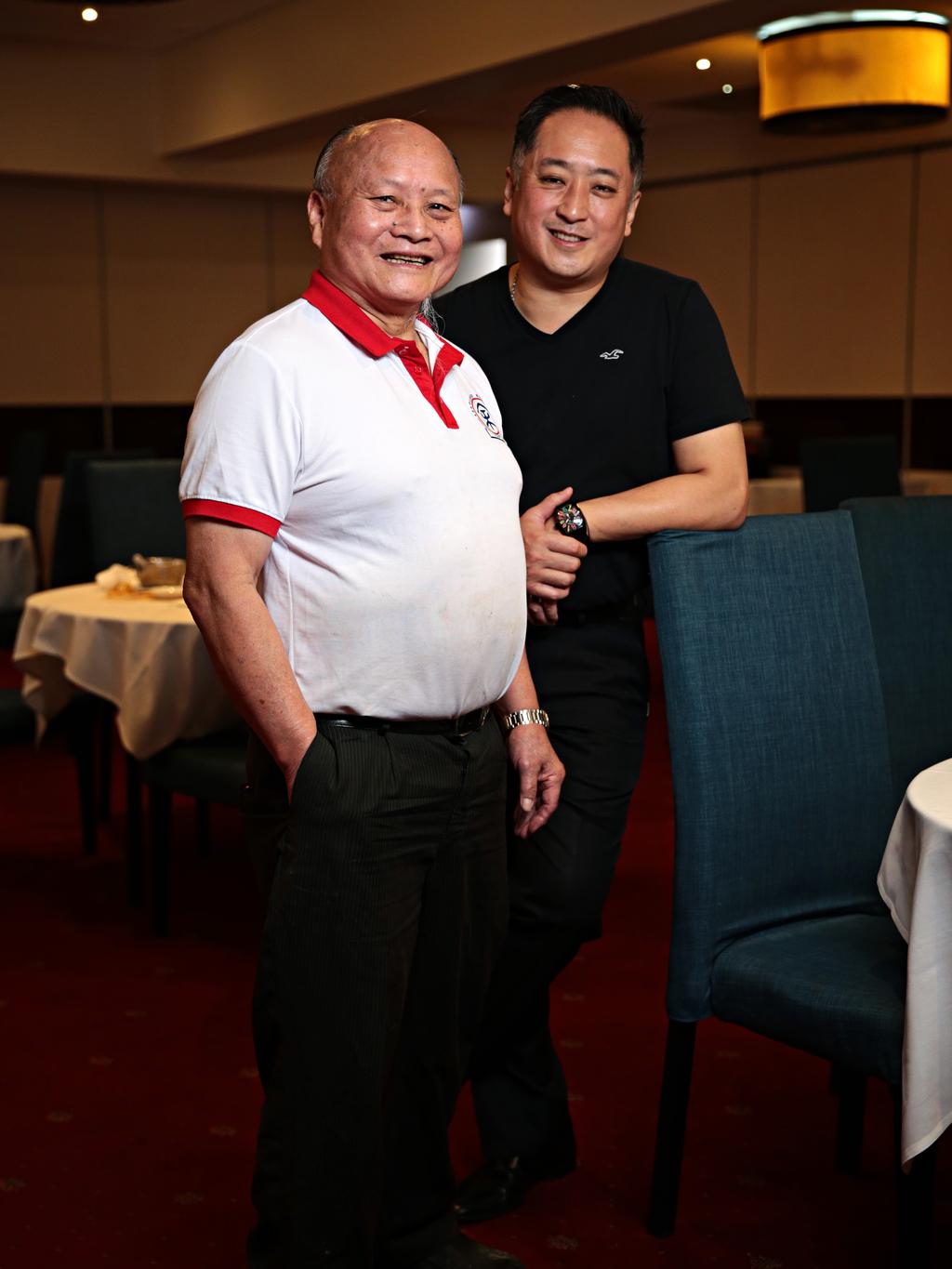
Stanley Yee and his son Jonathan at Emperor’s Garden. Picture: Adam Yip
Mr Lai isn’t the only one banking on the rise of Kimber Lane. Emperor’s Garden’s neighbour, at 94 Hay St, is midway through a renovation for their side of the alley fronting the tram line.
A liquor and gaming application by Jinchao Li details a $350,000 transformation of the space into a high-end seafood and karaoke den headed by three chefs, some of whom have worked for more than a decade at the recently closed Golden Century on nearby Sussex St.
Golden Century was one of two Chinatown institutions – the other was Marigold – that recently closed. But the famous properties could be revived by new developments.
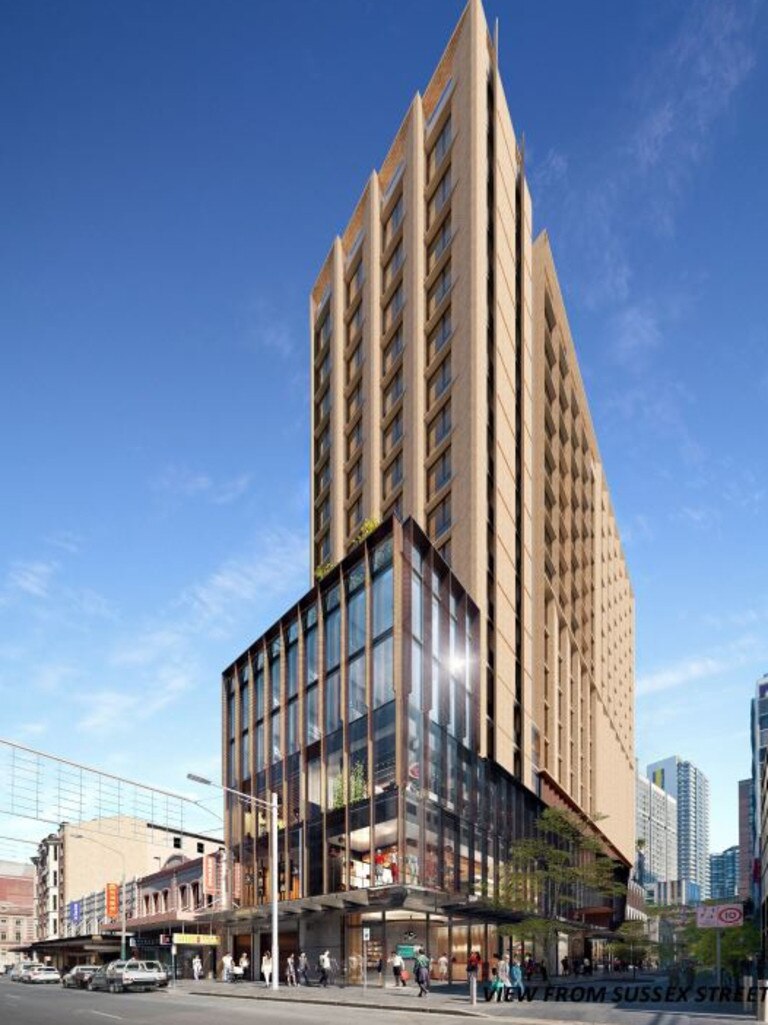
An artist’s impression of the 17-storey tower from Sussex Street.
The site of Golden Century, 393-399 Sussex St, is expected to fetch $60m as developers bid for a space in the tightly held Chinatown market. It is being sold via Savills and JLL and, with adjoining properties, could form the basis of a major tower under a scheme by PTW Architects.
The last sale within Dixon St brought in $30m in 2019. Last month local council approved plans for a $52m 17-level development on the site at 82-84 Dixon St and 415-415 Sussex St lodged by Singaporean developer Elegant Dixon.
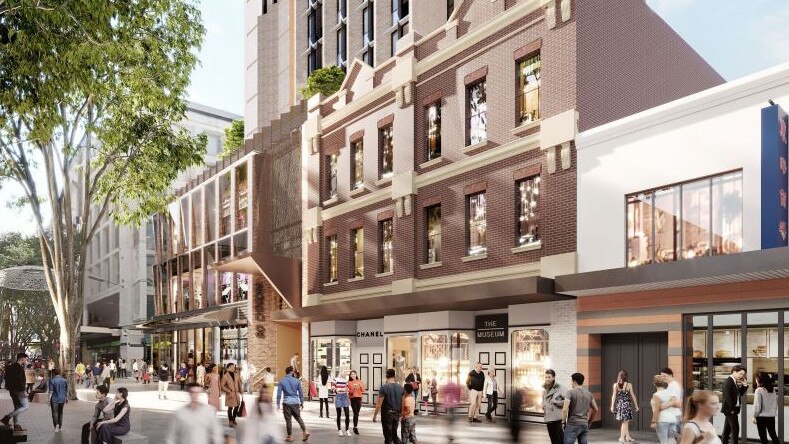
An artist’s impression of 82-84 Dixon Street from Chinatown.
The corner site will have 339sq m of retail space split across four floors, with two basement retail spaces, eight street-level retail spaces across Dixon and Little Hay Sts and seven retail spaces on levels one and two.
About 8126sq m, or 70 per cent of the building, will comprise student accommodation, with 306 apartments including studio, one-bedroom and two-bedroom units.
Last month a separate $37m plan was lodged for 388-390 Sussex St, which was purchased by Lin Jinwen of the Sydney-based Australia Soong Ching Ling Foundation for $29m in 2020.
The former six-storey Transport Union Workers Building would be demolished for a 15-storey hotel comprising 146 hotel rooms and associated facilities.
There are also $22.6m plans to demolish a two-storey commercial building on 417-419 Sussex St to make way for a 13-story mixed-use tower comprising retail, food and beverage and office space.
For now, the effects of the pandemic, which caused a number of vacancies in Chinatown, still linger in the area, said Brad Chan, the owner of 63 Dixon St and tenanted business Haymarket HQ.
“For Chinatown, the effects of Covid hit the area a little bit earlier than the other parts of the economy because the area is reliant on international tourists, particularly from China,” he said.
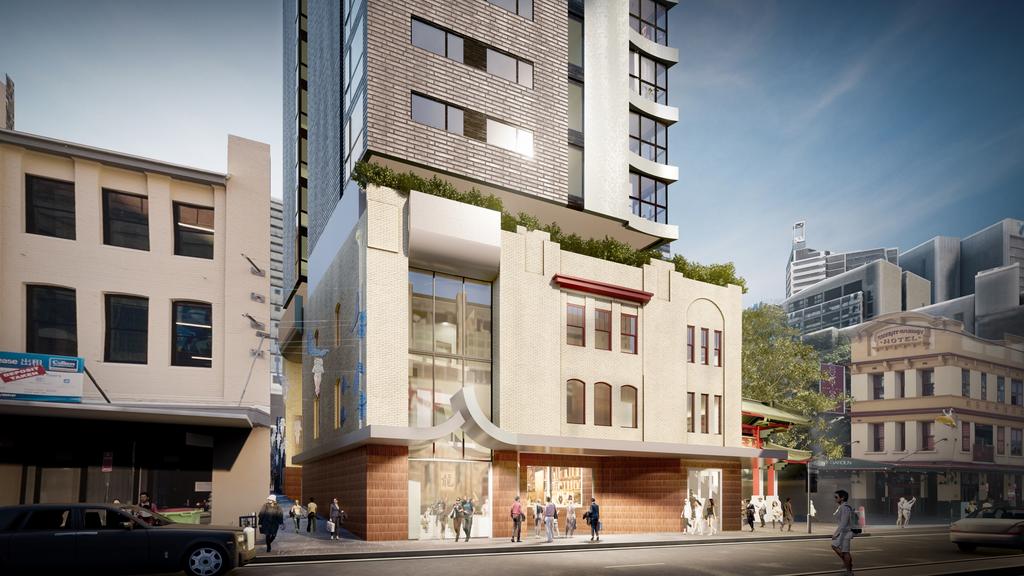
The development on Hay Street, nestled between Kimber Lane and Dixon Street. Picture: PTI Architects
“There’s going to be some short-term pain and it’s a little bit of a shame with the timing as we’re just starting to see Chinatown recover, but in saying that, it’s important that Chinatown does progress in the long-term in well-designed developments that are good for the precinct.”
Mr Lai agreed, adding that it was nice to bring his son Alcuin in on the plans and be involved in Chinatown’s next chapter, he said.
“We have to do what we can to bring Chinatown forward with the next generation’s input,” he said.

